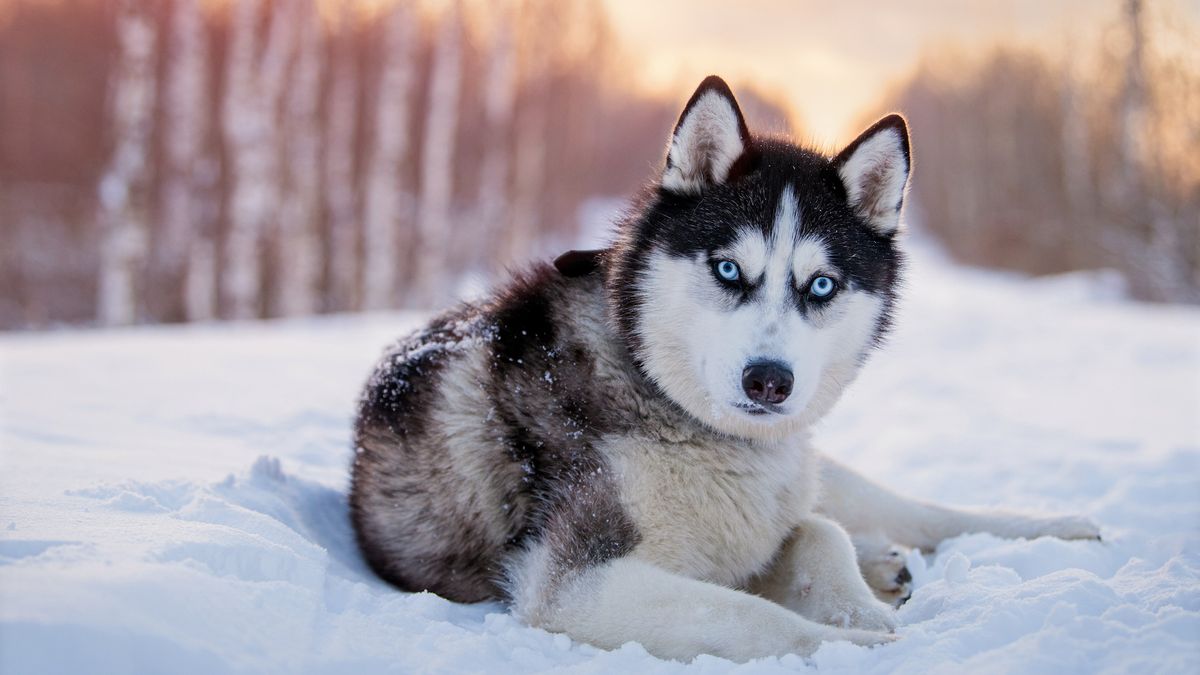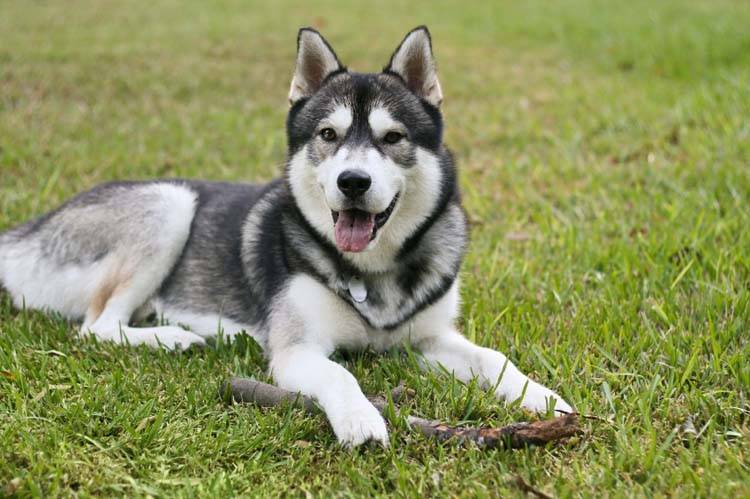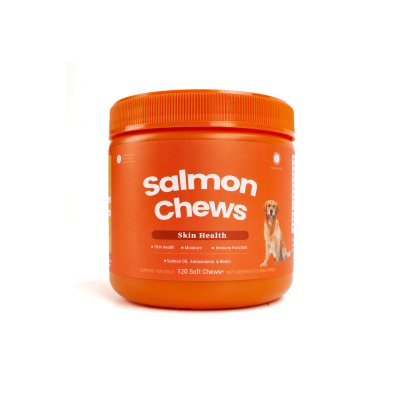Huskies—with their striking double coats, piercing blue (or multicolored) eyes, and boundless enthusiasm—are a breed that turns heads wherever they go. But behind that stunning appearance lies a legacy of hard work: they’re descendants of Arctic sled dogs, built to pull heavy loads across frozen landscapes for hours on end. This heritage isn’t just a fun fact—it’s the key to understanding their unrelenting energy. For Husky owners, managing that energy isn’t just a “nice-to-have”—it’s essential to keeping your dog happy, healthy, and out of trouble. The challenge? Modern life (with small yards, busy schedules, or extreme weather) often can’t keep up with a Husky’s need for miles of daily movement. That’s where canine treadmills for sale come in. Unlike generic exercise tools, a quality canine treadmill is tailored to meet a Husky’s unique endurance needs, turning energy management from a struggle into a seamless routine. In this blog, we’ll break down why Huskies have such high energy, the risks of mismanaging it, and how a canine treadmill can be your secret weapon for a calm, well-adjusted Husky.

Key Takeaways
-
Huskies need one to two hours of exercise each day. This keeps them healthy and happy. Regular activity stops bad behavior and helps you bond.
-
Canine treadmills are a safe way for Huskies to exercise inside. They copy sled running, which helps burn energy well.
-
Introduce your Husky to the treadmill slowly. Use rewards and watch for tiredness to keep it fun and safe.
First: Why Do Huskies Have Such Unmatched Energy?
To manage a Husky’s energy effectively, you first need to respect its roots. Huskies aren’t “high-energy” by choice—they’re hardwired for it, thanks to centuries of evolution as working sled dogs:
Sled Dog Genes: Built for Endurance, Not Leisure
Huskies were bred by the Chukchi people of Siberia to pull sleds across hundreds of miles of snow, often in sub-zero temperatures. This created a breed with:
-
Exceptional stamina: Their lean, muscular bodies and efficient respiratory systems let them maintain a steady pace for 6–8 hours straight—far more than most other dog breeds. A 30-minute walk around the block? It’s barely a warm-up for a Husky.
-
A “work-first” mindset: Sled dogs thrive on routine and purpose. For a Husky, “doing nothing” isn’t relaxing—it’s frustrating. They need to feel like they’re “contributing” (even if it’s just a long run) to stay mentally balanced.
Double Coat = Built for Activity (Even in Extreme Weather)
A Husky’s thick double coat isn’t just for show—it’s insulation that lets them stay active in both freezing cold and moderate heat. This means they don’t slow down when the weather gets chilly (unlike many breeds), and they have a higher tolerance for long periods of movement. The downside? If they can’t burn off that energy, their coat traps more than just heat—it traps pent-up frustration.
Social Pack Instincts: Energy Grows with Company
Huskies are pack animals, designed to work in teams of other dogs and humans. When they’re alone or under-stimulated, their energy doesn’t fade—it festers. A Husky left home alone all day won’t “save” energy for your evening walk; they’ll channel it into barking, digging, or chewing, because their pack instincts tell them they should be moving together.
In short, a Husky’s energy isn’t a “problem” to fix—it’s a trait to honor. The goal isn’t to “tire them out” with quick play sessions, but to provide sustained, purposeful activity that matches their sled dog heritage.
The Risks of Poorly Managed Husky Energy

When a Husky’s energy needs aren’t met, the consequences go beyond a few chewed shoes. It can impact their physical health, mental well-being, and even your bond:
Destructive Behaviors (The “Husky Zoomies on Steroids”)
A bored Husky is a destructive Husky. Unused energy turns into:
-
Chewing: They’ll gnaw through furniture, doorframes, even walls—nothing is safe. This isn’t “naughtiness”; it’s their way of relieving stress from inactivity.
-
Digging: Huskies are master diggers. They’ll excavate holes in your yard (sometimes 3+ feet deep) to burn energy or escape in search of movement.
-
Escape Attempts: Huskies are notorious for jumping fences, digging under gates, or even chewing through screens. Their drive to find activity is so strong, they’ll risk injury to get it.
Weight Gain and Joint Damage
Huskies have a fast metabolism, but without miles of daily movement, they gain weight quickly. Extra pounds put massive strain on their hips and knees—Huskies are prone to hip dysplasia, and obesity makes this condition far worse. A overweight Husky isn’t just less active; they’re at risk of chronic pain and a shortened lifespan.
Anxiety and Behavioral Issues
Energy without an outlet turns into anxiety. Huskies with unmanaged energy often:
-
Bark excessively: Loud, nonstop barking that disturbs neighbors—especially when left alone.
-
Become clingy: They’ll follow you from room to room, unable to relax because they’re so wound up.
-
Develop aggression: In rare cases, pent-up frustration can lead to reactive behavior (e.g., growling at other dogs or nipping) because they’re overwhelmed.
Strained Bond Between You and Your Husky
Huskies are loyal, loving dogs—but when they’re frustrated from lack of activity, they may withdraw or act out. You’ll start to associate them with chaos (chewed belongings, escaped attempts) instead of joy, and they’ll associate you with “being stuck” instead of fun. It’s a cycle that’s easy to fall into—and hard to break without the right tools.
By knowing these risks, you can take steps to keep your Husky healthy and happy.
How Canine Treadmills for Sale Solve Husky Energy

A canine treadmill isn’t just a “backup” for bad weather—it’s a tool designed to meet a Husky’s unique endurance needs. Here’s why it’s the most effective way to manage their energy:
Mimics the “Sled Run” Experience (Their Favorite Activity)
Huskies don’t just need to run—they need to run like they’re pulling a sled: steady, sustained, and with purpose. A canine treadmill lets you replicate this:
-
Resistance settings for “pulling” feel: High-quality canine treadmills let you add resistance, simulating the effort of pulling a sled. This engages their muscles more deeply and gives them that “work” feeling they crave. When a Husky finishes a resistance run, they’re not just physically tired—they’re mentally satisfied.
Weather-Proof (No More “Snow Day” Energy Buildup)
Huskies love snow, but even they can’t run outside in blizzards, ice storms, or extreme heat (their double coat makes them prone to overheating in temperatures above 80°F/27°C). A canine treadmill lets you keep their routine consistent:
-
Indoor comfort: They can run in a cool, dry space in summer or a warm area in winter—no more icy paws or overheated coats.
-
No missed days: Consistency is key for Huskies. A missed day of running leads to energy buildup, which means more destruction and anxiety. With a treadmill, you never have to skip a workout.
Safe for Joints (Even During Long Runs)
Huskies’ hips and knees take a beating from outdoor runs on concrete or icy pavement. Canine treadmills for sale have padded or slatted surfaces that absorb shock, reducing joint strain by up to 50% compared to hard ground. This means:
-
Puppies can build endurance safely: Young Huskies (6+ months) can use the treadmill at low speeds to build muscle without damaging growing joints.
-
Senior Huskies stay active: An older Husky with mild arthritis can still maintain mobility with a treadmill walk – something they might struggle with outdoors.
Fits Busy Schedules (No More “I Don’t Have Time to Run 5 Miles”)
Let’s be honest: most Husky owners don’t have time to run 5+ miles with their dog every day. A canine treadmill lets you fit in a full workout in 30 minutes:
-
Morning/evening quick sessions: A 30-minute treadmill run before work or after dinner is enough to burn off their excess energy. You can even multitask (fold laundry, answer emails) while they run (just keep an eye on them!).
-
Midday energy boosts: If you work from home, a 15-minute run at lunchtime prevents them from getting bored and destructive while you’re busy.
Reduces Anxiety (A Tired Husky Is a Calm Husky)
The biggest benefit of a canine treadmill? It turns a stressed, hyper Husky into a calm, relaxed companion. Here’s how:
-
Lowers stress hormones: Sustained running releases endorphins, which reduce cortisol (the “stress hormone”). After a treadmill run, your Husky will curl up on the couch instead of pacing or barking.
-
Builds routine trust: Huskies thrive on schedule. When they know “treadmill time” is every morning, they’ll feel more secure—no more anxiety about “when we’ll run next.”
Tips for Introducing Your Husky to a Canine Treadmill

Getting your Husky used to a canine treadmill can really help with their energy. Here are some tips to make it fun for both of you.
-
Start Slow: Begin with short sessions. Let your Husky feel the treadmill move. Start with just a few minutes,gently pushing against the track. Slowly increase the time as they get used to it.
-
Create a Routine: Set a regular treadmill schedule. Dogs like routines, and having set times for workouts helps use up extra energy. Aim for workouts that last about 15 to 30 minutes. This will help reduce behavior problems from too much energy.
-
Use Positive Reinforcement: Give your Husky treats and praise. When they step on the treadmill or walk steadily, reward them. This will help them think the treadmill is fun and rewarding.
-
Monitor Their Fatigue: Watch your Husky during workouts. Look for signs of tiredness, like heavy panting or slowing down. If you see these signs, it’s time to stop. A tired dog is a happy dog, but you want to make sure they don’t overdo it.
-
Mix It Up: To keep it interesting, change the speed and incline settings. This will mimic the natural changes they would feel outside. It also keeps their workouts fun and exciting.
-
Stay Engaged: Be there during the workout. You can walk next to them or use toys to keep their attention. This makes the session more enjoyable and strengthens your bond.
-
Safety First: Always watch your Husky while they’re on the treadmill. Make sure the area is clear of obstacles and distractions. Safety is important for a good experience.
Using a canine treadmill for sale can be a great way to give your Husky indoor exercise. It helps them burn off energy no matter the weather. Plus, it fits well into busy schedules. You can squeeze in a quick workout whenever you have a few minutes.
By following these tips, you’ll help your Husky get used to the treadmill and enjoy their exercise. Remember, the goal is to make it a positive experience that keeps them active and happy!
Why Canine Treadmills for Sale Are a Must-Have for Husky Owners
For Husky owners, a canine treadmill isn’t a luxury—it’s a necessity. It’s the only tool that can:
-
Meet their sled dog endurance needs.
-
Keep their routine consistent, no matter the weather.
-
Protect their joints during long runs.
-
Fit into busy modern schedules.
-
Turn a frustrated, destructive Husky into a calm, happy companion.
Unlike other exercise tools (like ball launchers or puzzle toys), a canine treadmill addresses the root of Husky energy issues—not just the symptoms. It honors their heritage and gives them the purpose they crave.

Managing your Husky’s energy levels effectively isn’t about “tiring them out”—it’s about giving them the right kind of activity. Their sled dog genes demand sustained, purposeful movement, and a canine treadmill for sale is the best way to provide that. With a treadmill, you’ll no longer come home to chewed furniture or anxious pacing—instead, you’ll have a calm, satisfied Husky who’s ready to curl up with you after a “day’s work.”
Huskies are amazing dogs, but they’re not for everyone—unless you have the right tools. A canine treadmill lets you embrace their energy instead of fighting it, turning every day into a chance to bond over the activity they love most: running. After all, a tired Husky is a happy Husky—and a happy Husky makes for a happy owner.
FAQ
How much exercise does my Husky need daily?
Your Husky needs about one to two hours of exercise each day to stay healthy and happy.
Can I use a treadmill for my dog?
Yes! A treadmill is a great way to help your dog burn off energy indoors.
What are signs my Husky is tired?
Watch for heavy panting, slowing down, or lying down. These indicate your dog needs a break.










0 Comments